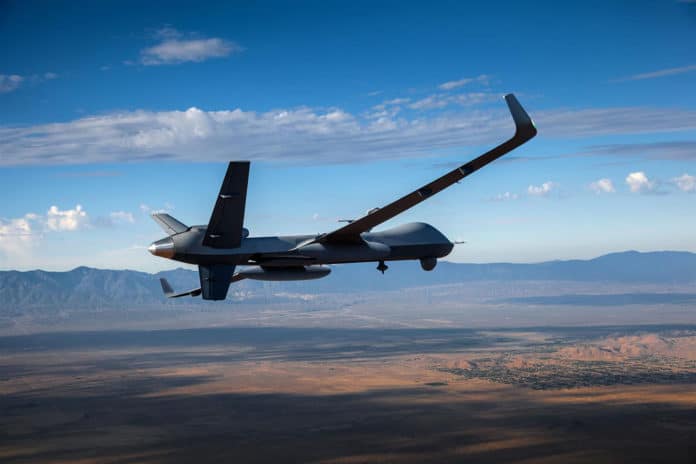Together with the U.S. Navy, the American company General Atomics used sonobuoys dropped from an MQ-9A Block V Reaper drone as part of a new submarine-hunting technology test in November. During the tests, the device was used to track enemy submarines on a Navy test field off the coast of California.
Currently, manned aircraft and anti-submarine aircraft are used to search for submarines. Such aircraft drop sonar buoys into the water, which detect underwater objects and transmit position information.
According to Defence News, the MQ-9A drone dropped ten sonar buoys into the water, deployed to measure water conditions, and monitor for targets. The information from the buoys was then transmitted to a monitoring station in California in real-time. The test lasted three hours, and the checks carried out were found to be completely successful.
The tests were carried out as part of the development efforts for the MQ-9B SeaGuardian drone, which is part of a research and development project in conjunction with the Navy’s Naval Air Systems Command. The success of the project could allow the military to abandon manned anti-submarine platforms, such as the P-8A Poseidon aircraft, and make submarine-hunting easier and more cost-effective than it is using current technology.
According to the project, the MQ-9B patrol drone will have four wing stations available to carry up to four sonobuoy dispenser system pods, packing up to 40 ‘A’ size or 80 ‘G’ size sonobuoys. The SeaGuardian is an MQ-9 Reaper model redesigned by the company General Atomics to allow the drone to fly in civil airspace outside the USA and comply with European Union regulations. Like the original version, SeaGuardian not only performs reconnaissance missions but also performs ground attacks.
